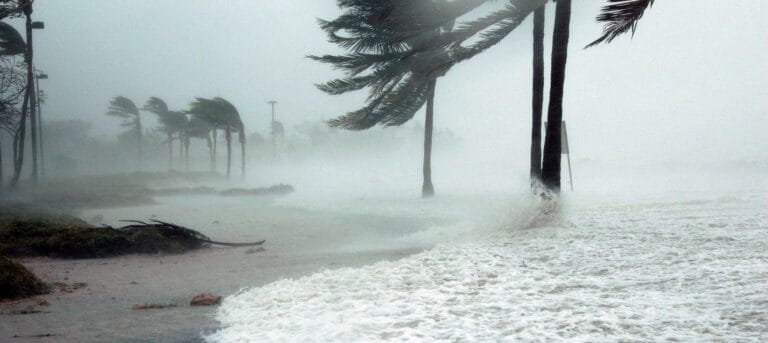The Moroccan model for disaster risk management, based on a forward-looking and integrated approach founded on prevention, proactive action, and support for resilience, was highlighted during the 8th session of the Global Platform for Disaster Risk Reduction (GP2025), which is taking place from June 2 to 6 in Geneva.
The speech of His Majesty King Mohammed VI, may God assist Him, following the Al Hoceima earthquake on March 25, 2004, marked “a major turning point” in managing the effects of disasters, affirmed the governor, director of natural risk management at the Ministry of the Interior, Abdallah Nassif, who represented Morocco at a ministerial roundtable organized as part of GP2025.
This Royal Speech emphasized “the necessity to develop our monitoring and forecasting capabilities, to strengthen our proactive means, and to move beyond the traditional perspective of reactive disaster response to adopt a forward-looking and integrated approach based on prevention, proactive action, and support for resilience,” he continued.
The governor noted, in this context, that the Kingdom of Morocco has worked to establish institutional governance in disaster risk management by developing an integrated risk management program based on three pillars: governance, prevention, and financing.
A national strategy for managing natural disaster risks covering the period 2020-2030 has also been adopted, he added, noting that all these measures required adequate funding to strengthen the resilience of populations.
According to the official, reforms to the natural risk management system have enabled the adoption and implementation of “diversified and innovative financing mechanisms,” covering the various stages of the disaster risk management cycle.
The governor then reviewed these different financing mechanisms, first citing the Fund for Combating the Effects of Natural Disasters (FLCN), which has supported around 395 prevention projects since 2015, at a total cost of over 500 million dollars, with the FLCN contributing one-third, the rest coming from the relevant sectors.
The Moroccan model relies on this fund, but if its capacities are exceeded, the state intervenes to cover the difference, he explained.
He added that the Moroccan model also relies on flexible and effective financial mechanisms during the recovery and reconstruction phase, creating a set of funds intended to finance programs and plans aimed at managing the effects of natural disasters and rehabilitating and reconstructing affected areas.
The special fund for managing the effects of the Al Haouz earthquake is a recent example, he said, noting that it has been allocated to finance a comprehensive and carefully studied rehabilitation and reconstruction program.
Mr. Nassif also noted that faced with the impossibility of achieving a “zero risk” ratio, the Kingdom of Morocco has adopted a system to cover the consequences of catastrophic events. This system establishes a dual compensation mechanism combining an insurance system for insured victims and a beneficiary system for uninsured victims, financed by the Solidarity Fund for Catastrophic Events (FSEC).
This system was activated for the first time following the devastating earthquake that shook the Al Haouz region in 2023, in order to compensate victims for the physical and material damages suffered, he specified, seizing the opportunity to reaffirm the Kingdom of Morocco’s commitment to sharing its expertise with other countries in this field.
Entitled “Accelerating Resilience Financing: Tailored Solutions for Disaster Risk Reduction,” this roundtable brought together ministers from 43 countries, as well as the World Bank and UNDP, to discuss the challenges and opportunities related to financing resilience building and to present their experiences, successes, and solutions, along with concrete proposals for inclusive and equitable financing strategies.
It is part of GP2025, which is a global multi-stakeholder forum jointly organized by the United Nations Office for Disaster Risk Reduction (UNDRR) and the Swiss government, with the participation of over 4,000 representatives from governments, international organizations, the private sector, academia, and NGOs.
Morocco is represented by a multi-stakeholder delegation led by Mr. Nassif, representing several departments and institutions concerned with the topic.


